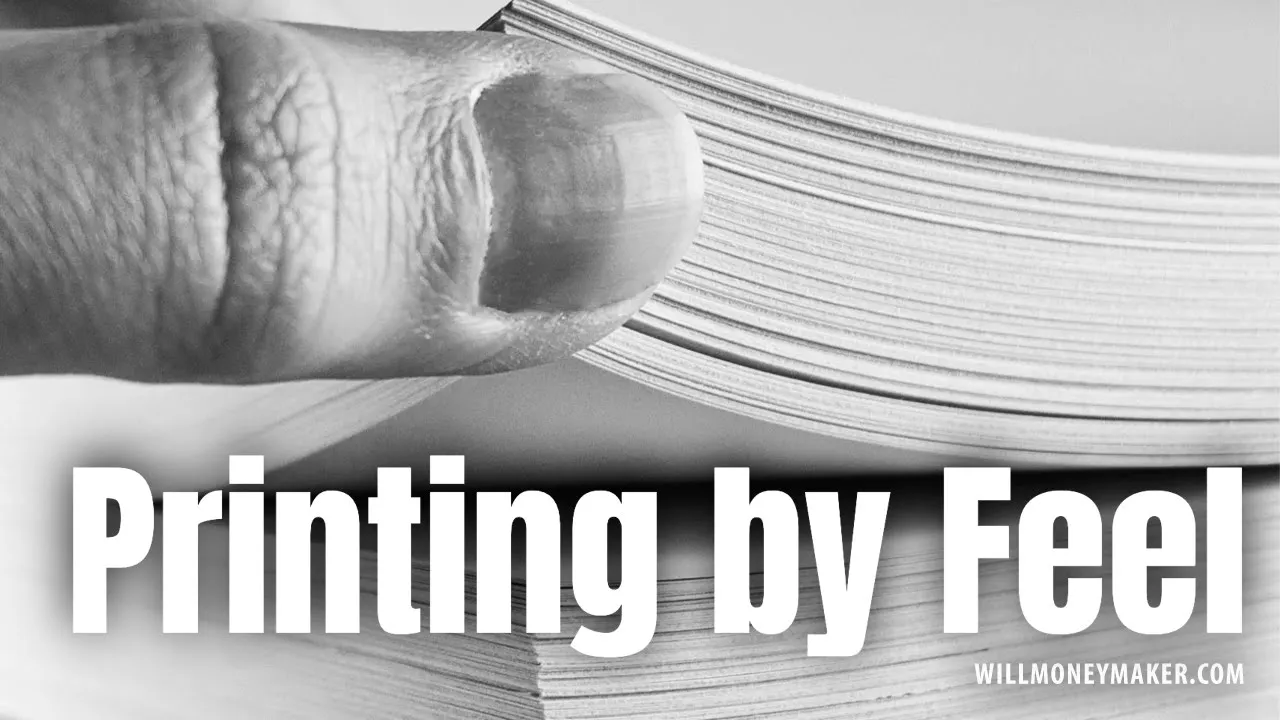For most of the history of photography, prints were the only real way to look at photographs. This goes all the way back to the daguerreotype. For more than a century, we’ve relied on the printed medium as the gold standard method for displaying our work. Of course, with time, that evolved. We developed new printing technologies, and we started printing pictures not just to frame, but to display in books, newspapers and magazines, too. Even so, short of peering at negatives, the photograph had to be printed to be sold, displayed or viewed by an audience of any type.
That was then. What about now? Now, it seems we have a proliferation of devices on which we can view photographs. Phones, monitors, tablets, digital picture frames and more. There are some photographers who never make prints at all. Fifty years ago, this would have been an unheard
So what does that mean for the photographic print? Will it be going the way of the dinosaur, lost to history and only available in museums? Some would perhaps argue that yes, this is exactly what will happen. As this argument goes, things like the transition to paperless offices and increased automation will naturally also affect things like photography, which means that gadgets like digital picture frames will become the standard way to view images, and the printed photograph will slowly fade away. We’re already seeing this to some degree with the decline of printed newspapers and magazines in favor of online news and magazines. And then, of course, museums struggle while people view art online. Pinterest, Instagram, online galleries—there are millions of places on the internet to view all the art you could ever wish for, all for free and on demand, just a click or two away.
While some argue that yes, prints will become extinct one day, I actually tend to doubt this. To my mind, there will always be a demand for art to hang on walls, and so long as that demand exists, so too will the fine art print. For one thing, there just isn’t a good digital way to reproduce the look and feel of a print. A screen cannot accurately reproduce the beauty of a good silver print, for example. And then there are things like paper textures and the finish of the print to consider. Can a screen replicate the look of a good glossy print, or the muted feeling of a matte finish? I don’t think it can.
I look at it the same way that I look at the difference between 35mm film and digital images. Sure, digital photography is the standard, and going into the future, it will remain the standard. Film will never again be the most popular way to create photographs. But yet, film photographers are still out there, and there are still many people who prefer a film photograph to a digital one. There are even still people who make daguerreotypes and other types of images that can only be created through rare historical processes.
Why? The reason for that is because digital technology, as advanced and amazing as it is, just cannot replicate certain qualities of film photography. The colors, the film grain—these are things unique to that medium, things that can be mimicked with digital, but never perfectly reproduced.
Another example is paint on canvas versus a printed reproduction of an oil painting. Nowadays, you can buy printed reproductions of any number of paintings. And yet, there are still collectors out there—lots of them—who prefer original canvas paintings. Why? Because the textures, the lumps and bumps, the brush strokes in the paint, the little cracks that form—none of these things are things that a printed copy can replicate.
The same goes for photographic prints. While there may be a decline in the sale of prints, there will always be a demand for them because no digital screen can reproduce the unique look and feel of the printed photograph. A beautifully done print is an experience, and there are always going to be people who want them over digital displays, just as there will always be people who shoot in film, or who collect original oil paintings. The print will never fully fade away.
But, as time goes on, it may become harder to make prints. The sad truth is that digital viewing—online, on our mobile devices, and even on digital picture frames—is decreasing the demand for prints. And as the demand for prints goes down, so too does the demand for printers and printing services. Not that these things will ever go by the wayside completely. Again, 35mm film development along with all kinds of other photographic processes are still being practiced by many photographers. Prints, in the same way, will still be made, even if the equipment to make the prints becomes rarer. So in the future, I would expect that printmaking will become a little harder, and likely more expensive, too. But, just as people still paint with oils, create daguerreotypes and take pictures with 35mm cameras, they will continue to produce prints. That isn’t something that will ever change, in my opinion. It may become a little more challenging to find the equipment to make prints or to find printers to do it, but they will always be around in one form or another.





